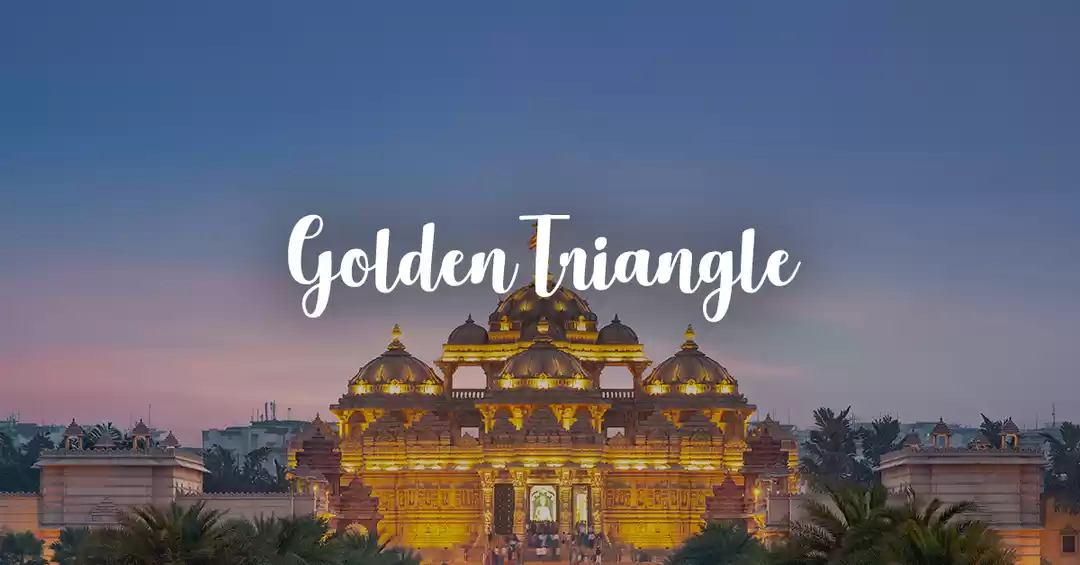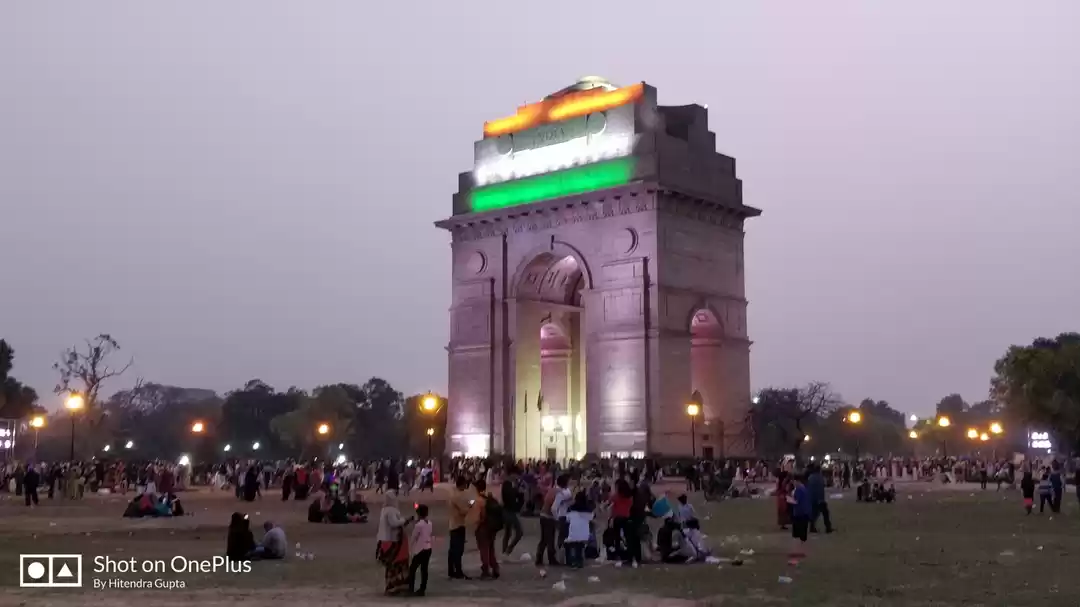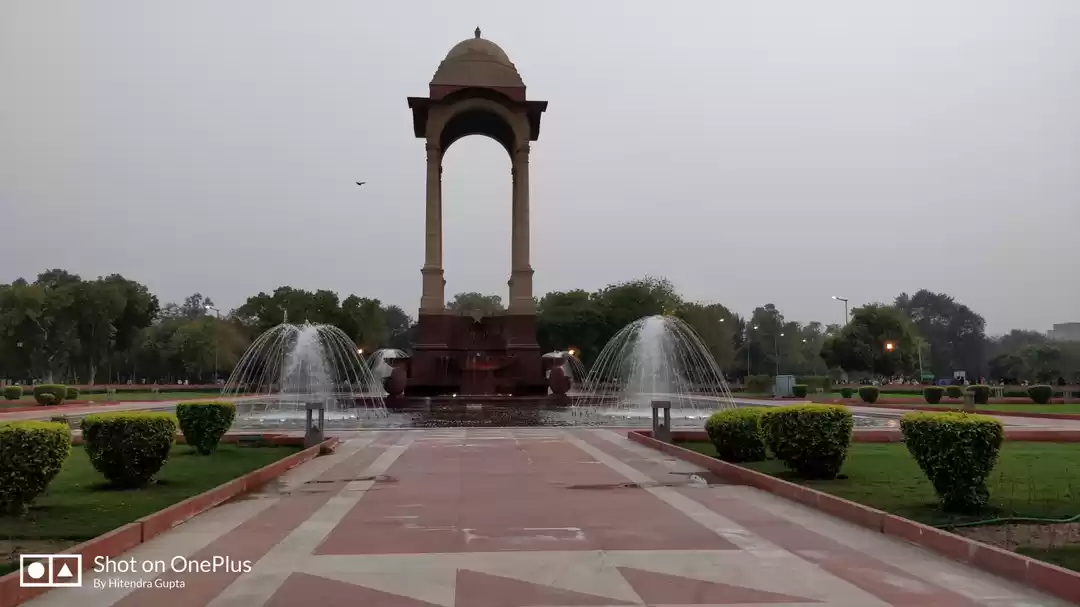
Delhi became the capital of India in 1911. It took British architects, Sir Edwin Lutyens and Herbert Baker 20 years to redesign it. Reminiscent of their hard work, these colonial buildings stand strong even today. Here are the structures in Delhi from the British era that still leave people awestruck and deserve your kind attention.
One of the first images that come to mind when someone mentions Delhi is that of India Gate. Designed by Sir Edwin Lutyens, India Gate commemorates the 70,000 Indian soldiers who were part of the British Army and died during the First World War. Today, it pays homage to martyrs of the nation who lost their lives, serving the Indian Armed Forces. The ‘Amar Jawan Jyothi’ or the eternal flame burns here in remembrance of the bravehearts.
Entry Fee: Free
The Secretariat Building is an architectural marvel designed by Herbert Baker. Also known as Central Secretariat, it displays influences of Mughal and Rajasthani styles of construction as well as the Indo-Saracenic Revival architecture. It has two sections of symmetrical buildings. These buildings share boundaries with the Rashtrapathi Bhavan.
Entry Fee: Free entry to adjoining lawns
Rashtrapathi Bhavan needs no introduction. House of the then British Viceroy, it is now the official residence of the President of India. This massive construction accommodates 340 rooms and four floors. The beautiful Mughal Garden in its backyard is a popular tourist spot. It opens every year during February and March.
Entry Fee: Rs 50 per person above the age of 8 years. Separate fee for entry to the Mughal Garden
The Parliament House is a striking circular building, which holds the two houses of the Indian parliament. It consists of several committee rooms, ministerial offices, and a magnificent library. The Parliament House or the Sansad Bhavan resembles the Ashoka Chakra. Another wonder created by Sir Edwin Lutyens and Herbert Baker, this building replicates the Stupa of Sanchi. It has a large garden bordered with similar sandstone railings.
Entry Fee: Access to the insides restricted only through a Visitor's Pass
The Teen Murti Bhavan is a splendid architecture built in the year 1930 by British architect Robert Torr Russel as a part of the new capital city. It first served the British as the house of the Commander-in-chief of the British Indian Army. Then it was home to the then Prime Minister, Jawaharlal Nehru for 16 years. Today, various institutions like the Nehru Memorial Museum and Library, offices of the 'Jawaharlal Nehru Memorial Fund', mementos from different countries, the Centre for Contemporary Studies and the Nehru Planetarium are a part of it. Its name comes from the three-statues-memorial standing on the road junction in front of its extensive grounds. The memorial has life-size statues of three Indian soldiers from three Indian princely states, Jodhpur, Hyderabad, and Mysore, who fought during World War I alongside the British.
Entry Fee: Free entry
It is known around the world that Delhi has enviable architecture. Yet most of the focus remains on the gems created during the Mughal Dynasty. It is high time that these Colonial structures received their share of recognition. The government is taking big steps towards bringing them to light. It would be a proud moment to see these marvels from an era gone by, rank up on the list of popular tourist places in the capital.
Tell us about your views in the comments below or here on Tripoto.
Get travel inspiration from us daily! Save our number and send a Whatsapp message on 9599147110 to begin!






































